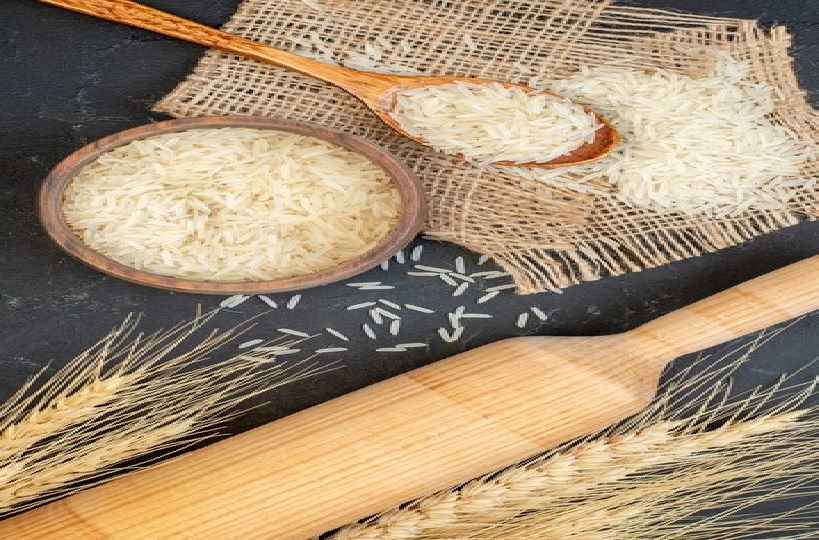Paddy crop damaged due to typhoon and heavy rain in Philippines
21-Nov-2024 04:12 PM

The Philippines has been facing severe challenges due to continuous sea cyclones and heavy rainfall, which have significantly impacted the agricultural sector, particularly the paddy crop.
Between the end of October and mid-November 2024, heavy rains caused severe flooding in the northern regions, damaging crops across many areas. This was compounded by the loss of moisture-absorbing capacity in the soil, worsening the flood situation.
The destruction of the paddy crop, along with maize, has led to an estimated loss of over $131 million in crops, with paddy being the hardest hit.
This disaster marks an unusual weather pattern in the country, with six sea cyclones hitting the Philippines in just three weeks — a frequency not seen since 1946. Normally, typhoon season peaks between July and October, but this year’s storms extended into November, prolonging the damage.
Due to this devastation, the Philippine government has warned that the country will need to import a significant quantity of rice to meet domestic demand.
It is expected that rice imports could reach a new record level of 4.5 million tons, surpassing previous records. This surge in imports is likely to intensify food inflation within the country, particularly in the rice sector.
The Philippines traditionally imports rice from countries like Vietnam, Thailand, and Cambodia. However, there is now a possibility of increasing imports from India to help bridge the gap caused by the reduced local production.
Given the region’s vulnerability to natural disasters, the agricultural sector in the Philippines will need to adapt to the growing frequency and intensity of such weather events.
